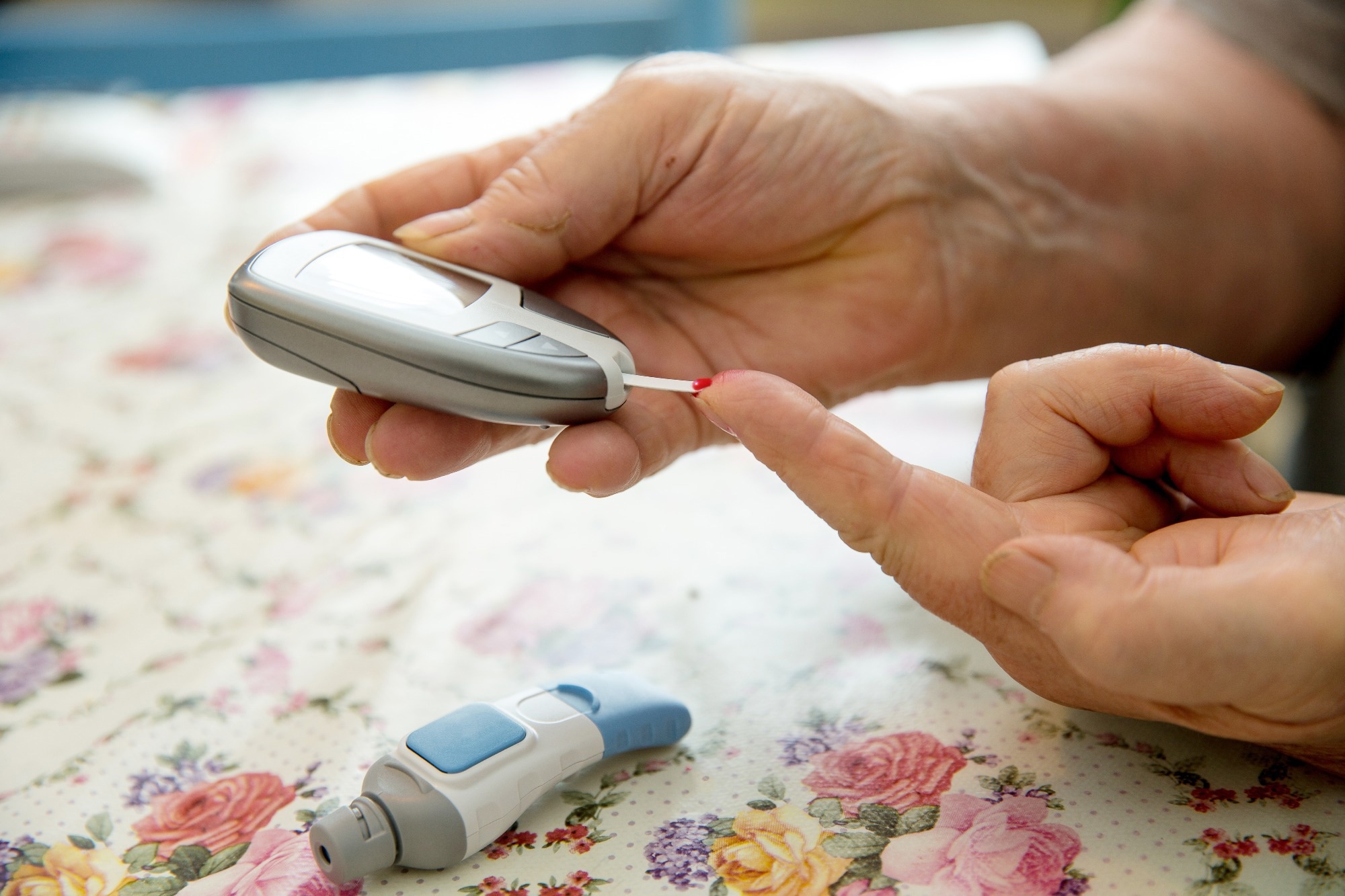A recent study in the Nature Communications Journal showed that transplanting fetal hematopoietic stem cells (HSCs) exposed to in-utero vitamin D (VD) deficiency into VD-sufficient mice can induce diabetes.
 Study: Embryonic vitamin D deficiency programs hematopoietic stem cells to induce type 2 diabetes. Image Credit: urbans/Shutterstock.com
Study: Embryonic vitamin D deficiency programs hematopoietic stem cells to induce type 2 diabetes. Image Credit: urbans/Shutterstock.com
Background
According to the developmental origins of adult disease hypothesis, environmental factors in utero or during the early postnatal period program infant growth patterns, resulting in higher susceptibility to obesity and insulin resistance (IR) later in life. Thus, identifying such factors can prove vital in developing therapeutic and preventive interventions for future generations.
Genome reprogramming occurs during embryogenesis in response to environmental stimuli. While this can facilitate rapid environmental adaptation, it can also lead to lifelong maladaptive changes predisposing individuals to obesity and IR.
Studies show that in utero, VD deficiency in mice can cause systemic inflammation, excess adiposity, IR, and hepatic steatosis in the offspring, despite VD supplementation post-birth.
The study and findings
The present study showed that transplanting fetal VD deficiency-exposed HSCs into VD-sufficient mice can induce IR. First, C57BL/6 mice and a diet-induced IR mouse model were fed a VD-sufficient [VD(+)] or VD-deficient [VD(-)] diet four weeks pre-pregnancy. The team isolated fetal liver HSCs from VD(+) and VD(-) dams and transplanted them into eight-week-old VD(+) mice.
Eight weeks later, 90% of peripheral blood cells and 30 weeks later, 98% of stromal vascular fraction’s epididymal immune cells in both groups were donor-derived. The authors performed intraperitoneal insulin and glucose tolerance tests. VD(-) HSC recipients exhibited fasting hyperglycemia, IR, and impaired glucose tolerance.
Next, they examined the IR phenotype in primary and secondary transplant recipients. Secondary transplant recipients were VD(+) mice transplanted with bone marrow from VD(+) primary recipients that were transplanted with VD (-) HSCs. A stable IR phenotype was evident six months post-transplant in primary and secondary recipients.
Eight weeks post-transplant, hyperinsulinemic-euglycemic clamping of primary recipients revealed peripheral IR induction and perigonadal fat as the primary insulin-resistant tissue. This epididymal white adipose tissue (eWAT) showed immune cell proliferation or infiltration that was more than 99% donor-derived and predominated by pro-inflammatory M1 macrophages.
Transcriptome analysis showed up-and down-regulation of 391 and 657 genes in the bone marrow of VD (-) HSC recipients eight weeks post-transplant. The Jumonji and AT-rich interactive domain 2 (Jarid2) pathway was the most significantly activated.
Jarid2 was downregulated in the recipient bone marrow, activating downstream genes associated with metabolic function, such as myocyte enhancer factor (Mef2) and its co-activator (PGC1α).
Despite normal plasma VD levels, these alterations were also present in VD(-) donors and in the eWAT, peritoneal macrophages, and adipose tissue macrophages (ATMs) of recipients. Several immature microRNAs (miRNAs) were downregulated in bone marrow cells of VD (-) HSC recipients. However, mature miRNA levels were elevated in eWAT ATMs, suggesting increased maturation and secretion of macrophage miRNAs, with miR-106b-5p being highly secreted miRNA.
Increased miR-106b-5p secretion was also observed in secondary transplant recipients. Transfecting mouse adipocytes with mimics of the most abundant miRNAs identified in ATMs revealed a significant induction of adipocyte IR by miR-106b-5p and Let-7g-5p.
Adipocytes conditioned to ATM media of VD (-) HSC recipients and transfected with mir-106b-5p antagomirs showed improved insulin sensitivity.
A computational tool was used to assess putative conserved targets of miR-106b-5p among insulin signaling genes.
This led to the identification of the phosphoinositide-3-kinase (PIK3) regulatory subunit 1 (PIK3R1) gene that contained the binding sites of mir-106b-5p family in 3’-untranslated regions (3’UTRs) in both mouse and human genes.
Transfecting adipocytes with a miR-106b-5p mimic reduced transcript levels of p85α and catalytic alpha (PIK3CA) subunits of PIK3 and the downstream 3-phosphoinositide dependent protein kinase 1 (PDPK1) that is required for AKT activation. Western blot analysis confirmed lower PIK3CA, PIK3R1, and PDPK1 expression and reduced AKT phosphorylation.
Finally, the researchers analyzed 30 healthy pregnant individuals and their infants to evaluate whether VD deficiency during pregnancy triggers similar HSC reprogramming in humans. They found that two-thirds of neonates were VD-deficient, and cord blood VD levels correlated with birth weight.
Adipocytes exposed to media conditioned with monocytes in the cord blood of VD-deficient mothers exhibited lower PDPK1, PIK3CA, and PIK3R1 protein levels.
Lower Jarid2 transcript and protein levels but higher Mef2/PGC1a transcript and protein levels were observed in VD-deficient mothers’ cord blood monocytes. Cord blood VD levels were inversely correlated with plasma levels of miR-106b-5p.
Conclusions
In sum, the study provided evidence that, in utero, VD deficiency was sufficient to induce epigenetic reprogramming in HSCs, leading to IR when transplanted in VD-sufficient mice. This program activated Jarid2/Mef2/PGC1a pathway in immune cells that was stable across differentiation and transplantation.
Similar changes were detected in cord blood monocytes of VD-deficient mothers. The findings warrant clinical trials to prove that screening and treating VD-deficient pregnant individuals will alleviate the long-term risk of cardiometabolic disease in their offspring.